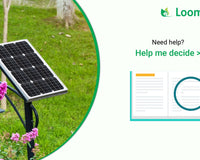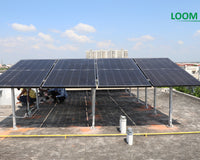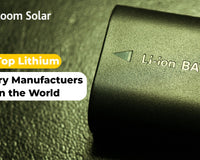Even in remote places where regular power outages are common, people thrive on batteries. Batteries come in various shapes and sizes, and they may be recharged and used several times using electricity. If you are a Writer, Professor, Teacher, instructor, Faculty member, researcher, Scientist, doctor, and a Student that’s looking for the definition of the battery, you have come to the right place.
But what is the battery exactly? In this battery fundamental guide, we will look at what a battery is. The following topics will be discussed in-depth: What are batteries, battery definitions, common terms used to describe batteries, different applications of batteries and understanding battery types.
What is the definition of a battery?
A battery consists of an individual or multiple cells wired in series, parallel, or both, designed for a specific output voltage and capacity. In contrast, a cell is an electrochemical device utilized to create or save generated electricity in the battery, as per the University of Washington.
What are the major components of a Battery?
An anode, a cathode, and an electrolyte are the three essential components of a battery. If the electrolyte is inadequate, a separator is frequently employed to keep the anode and cathode from contacting. Batteries normally have a certain form of housing that contains these parts.
What are the types of battery?
According to Byjus, primary and secondary batteries are the two types of batteries. Primary batteries often come recharged the first time. These batteries become useless when they are completely depleted and should be discarded. The most obvious reason primary batteries can't be replenished is that the electrochemical process within primary batteries is irreversible. It's worth remembering these primary batteries are often known simply as use and throw batteries.
On the other hand, secondary batteries are rechargeable batteries that may be fully charged several times. In most cases, the electrochemical processes within these batteries remain reversible. As a result, rechargeable batteries are classified as secondary batteries.
What are the applications of a Battery?
Batteries are usually found in remote controls, toys, watches, hanging wall clocks, hearing aids, wireless earphones, digital cameras, video game consoles, toys, mobile phones, electric cars, home inverters, and even powering storefronts or lighting up shops in rural places where power outages are common.
Conclusion
Okay, we have used up all of our battery power in these brief terms and definitions of a battery! Feel free to share this battery terminology and definitions with people around you.
Source:
- https://depts.washington.edu/matseed/batteries/MSE/battery.html
- https://learn.sparkfun.com/tutorials/what-is-a-battery/all
- https://byjus.com/chemistry/battery-definition/












